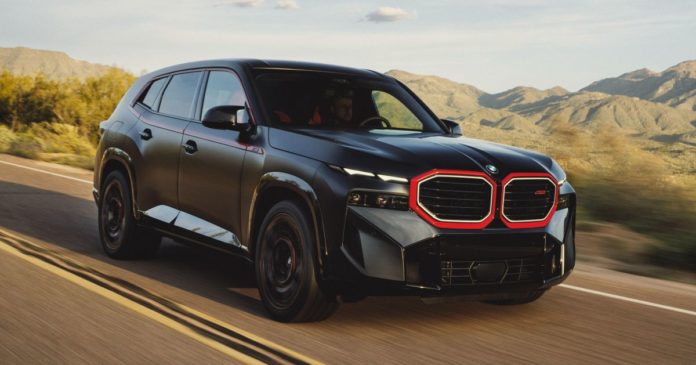The race to create maximum showroom impact is putting some “hideous” new cars on Australian roads.
Similar SUV shapes and a wave of lookalike pickup trucks have forced designers to resort of “jewellery” and “trinkets” to set their newcomers apart, according to two of the best-credentialed Australian designers of the past 40 years.
“Different isn’t always best. A lot of it is hideous,” Paul Beranger, a leading designer with Holden, Nissan and Toyota, told CarExpert.
“They are throwing ridiculous stuff at the pickups to help them stand out,” said Peter Hughes, one of the heroes of Holden design.
-
Hit: Volvo XC40
Mr Hughes, whose career highlight was leading work on the landmark VE Commodore, is worried about the future of automotive design but has a surprise favourite among the cars on Australian roads.
“I like the compact Volvo SUV, the XC40. It’s getting a bit old now, but when it came out it was really funky,” he said.
“It looked like something I would do if I was still in the business. I think Volvo are doing a good job all round.”
Mr Beranger finds it tougher to pick a standout for good design, and is offended by many of the newer arrivals.
“The big Audi coupe is a good looking car. It’s sad in some ways to say it, but my pick is the current Mazda 6. It’s even cars like the Toyota Camry, now, that have lifted their game so much,” he said.
-
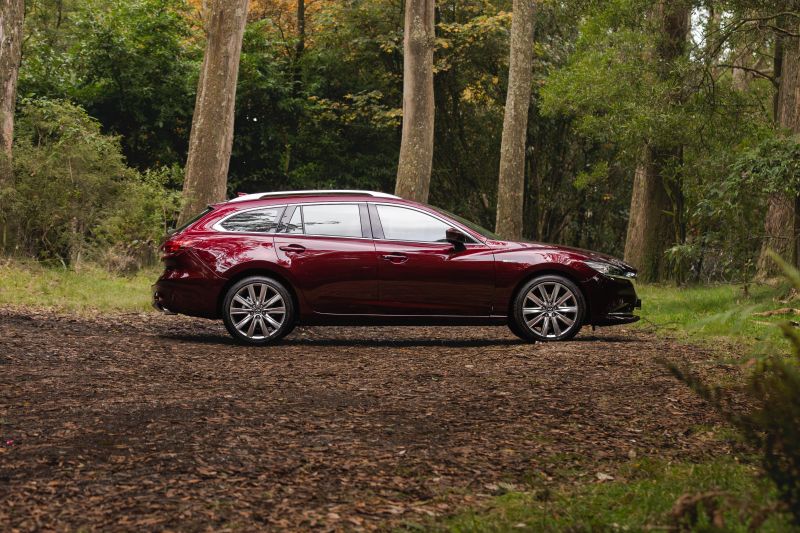
Hit: Mazda 6
“The new Range Rover Sport is quite good. There is no belt line on it. Things like that show me people are still trying.
“So they are not all bad. But there are degrees of goodness.”
On the downside, Mr Beranger has no trouble in pointing to Chinese brands, but he also has another surprise loser.
“I think BMW design at the moment is appalling. It manages to find a new bottom below the Chinese,” he said.
“I just find it very, very disappointing. And I’m a BMW fan, and I’ve owned a lot of BMWs.”
-
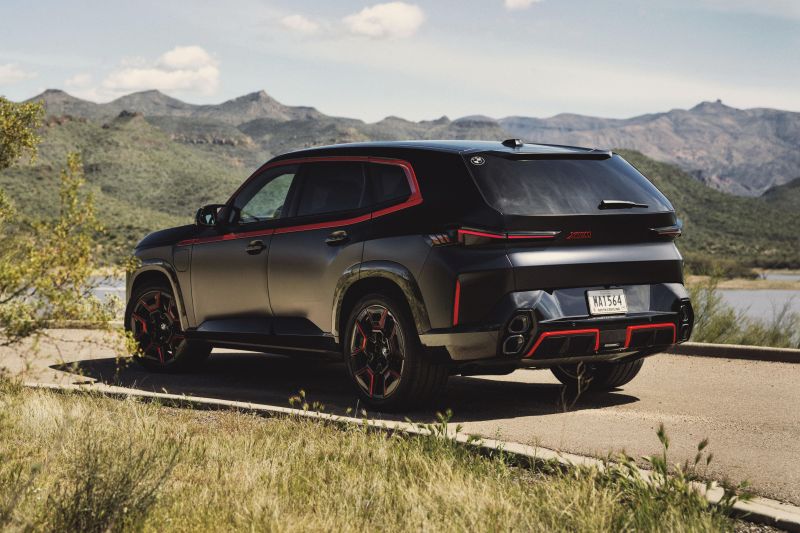
Miss: BMW XM Label Red
It’s Mr Beranger who identifies the ‘me-too’ shapes of the SUVs now dominating showrooms as a trigger for the downturn in design. He believes it is tougher to differentiate when everyone has a big four-door box for families.
“Car companies are experimenting, trying to identify their brand a bit more. They are all becoming more Americanised,” he said.
“They are going for aluminium finishes, painted mouldings. They are all trying to do what I call trinkets. The light patterns are totally exaggerated.
“Everybody is looking for that unique ‘down the road’ vision. Hyundai started that with the full-panel graphics on the front of the Staria van. I thought it was cool.
“I’m not critical of that. I’m just more critical of the embellishments that are being added, like icing on a cake.”
-
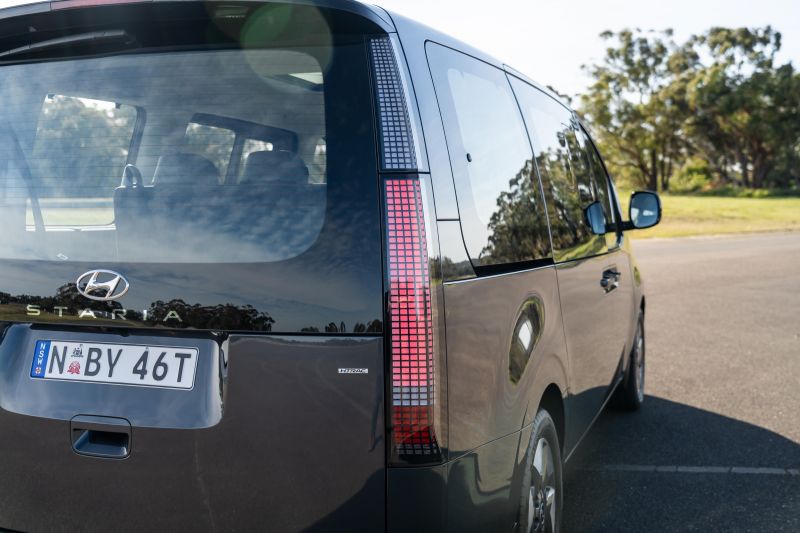
Hit: The Hyundai Staria’s lights
Mr Hughes, too, focusses on the light work on the front of cars.
“Designers are using lamps to leap forward. I can’t see any real advancements in packaging or proportions,” he said.
“It’s all pretty much conventional. And everyone has false vents on the side – it drives me insane.
“Everyone is trying to find their brand identity with their lights. Audi started it and BMW followed with its double rings for the headlights.
“Some of them are getting quite ungainly. The Koreans have lights going all over the place. It’s crazy stuff.”
-
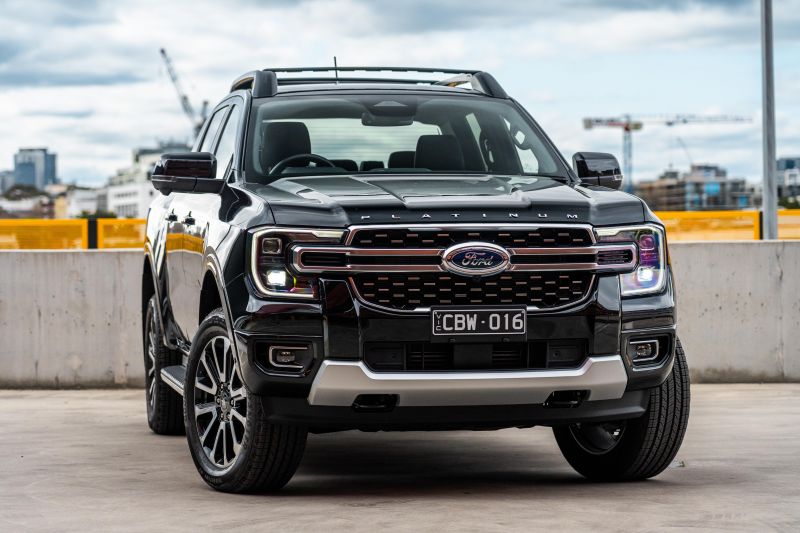
Leading the ute pack: Ford Ranger
There is no good news when the designers turn their attention to pickups, led by the Ford Ranger and Toyota HiLux.
“I don’t know what to say about utes. You look at the brashness and aggressiveness,” said Mr Beranger.
“I think Ford is taking a design lead. I don’t like it, but I’m not a buyer anyway.”
Looking ahead, both Mr Beranger and Mr Hughes predict more of the same as companies battle to generate showroom interest.
“You have to follow trends. It helps them sell cars,” said Mr Hughes.
“You can’t blame them for doing it. They are selling cars. Kia and Hyundai are doing quite a good job at the moment.”
-
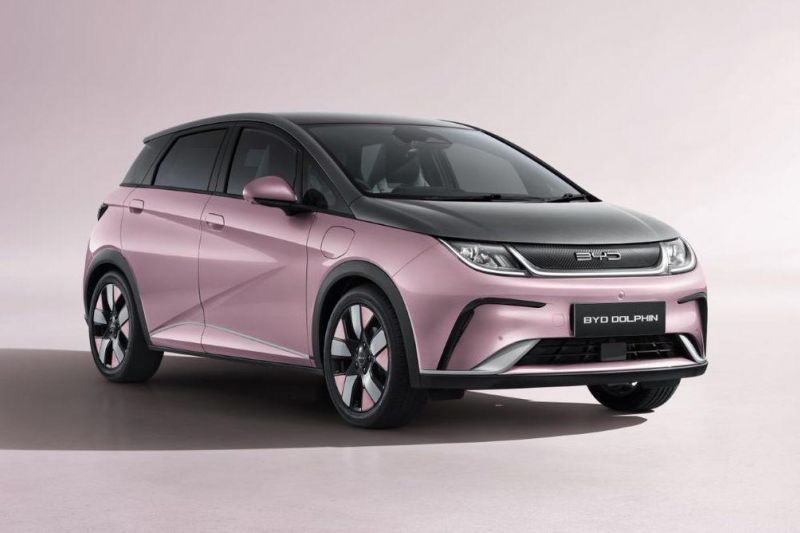
“No baggage”: BYD Dolphin
Mr Beranger also defends some of the work by Chinese brands.
“Very fundamentally, the emergence of all new brands is leaving the legacy brands behind. They have no baggage,” he said.
“Legacy brands have existing customers they don’t want to leave behind. It’s what you have to do, over and above competitors, to get people in the door. It’s different from what the legacy brands are doing.
“I think, as those new brands mature they will start understanding their customers better. And they will tune their designs to those expectations.
“BMW has just lost its traditional values. Mercedes is taking a more conservative route, trying to stick to their knitting, and definitely doing a better job.
-
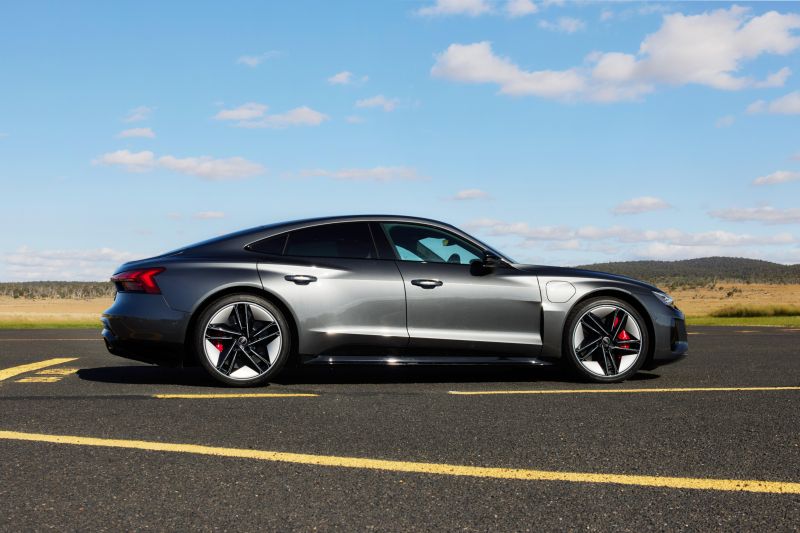
“Experimenting” Audi’s e-tron GT
“Audi is experimenting a bit more with styling treatment. Ford, being the leader in the market, will influence other products.”
And the bottom line, according to Mr Beranger?
“I think my view of design at the moment is that it’s going through a transitional period, from a consumer’s point of view. Designers are trying to understand the implications of new technologies,” he told CarExpert.
“Those brands are seeking their way into the future, but with the new technology. I think that’s where the struggle is. Some of these companies will have a hard bounce in the future.”

